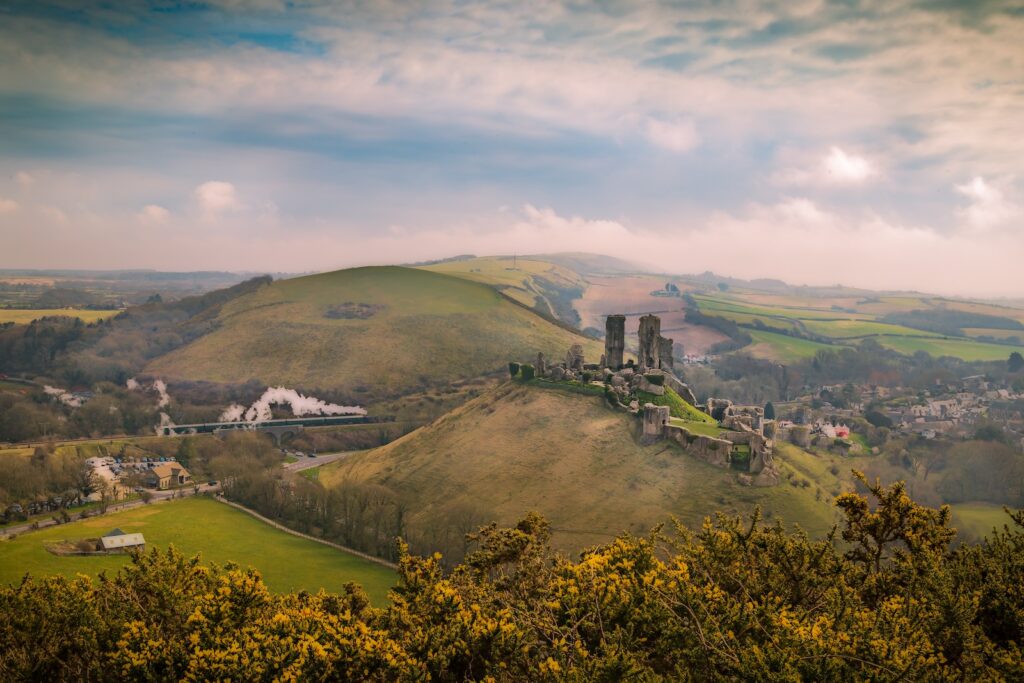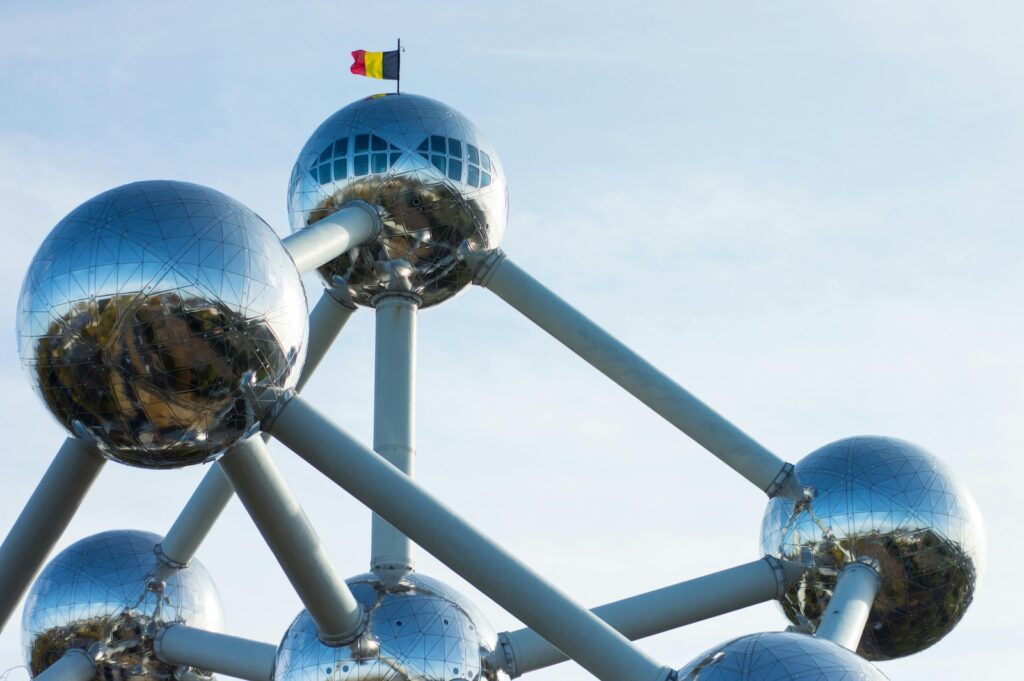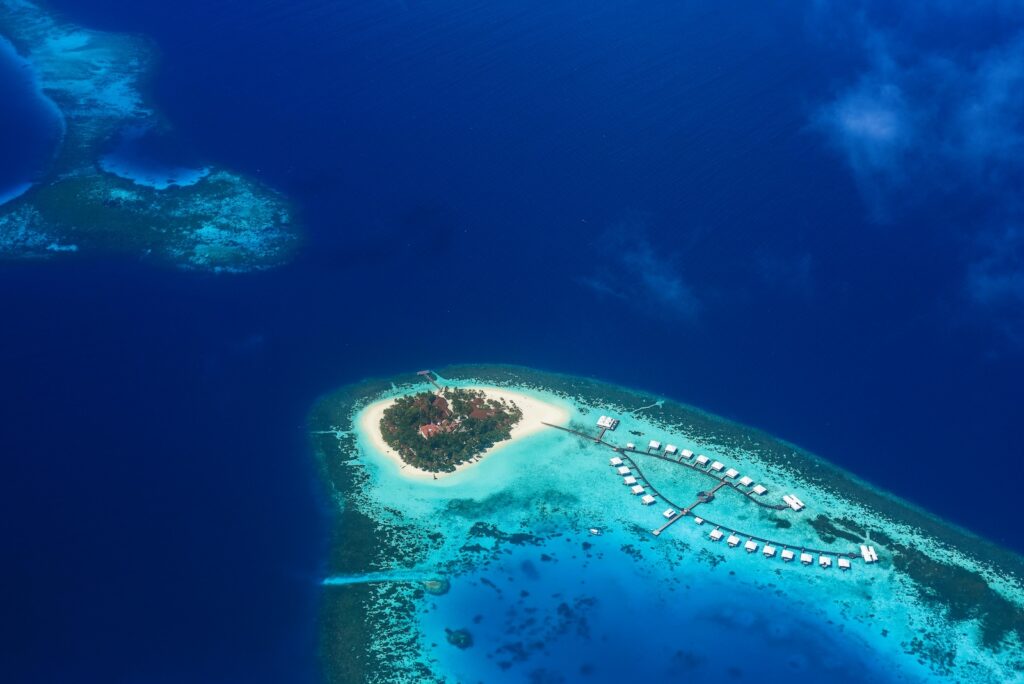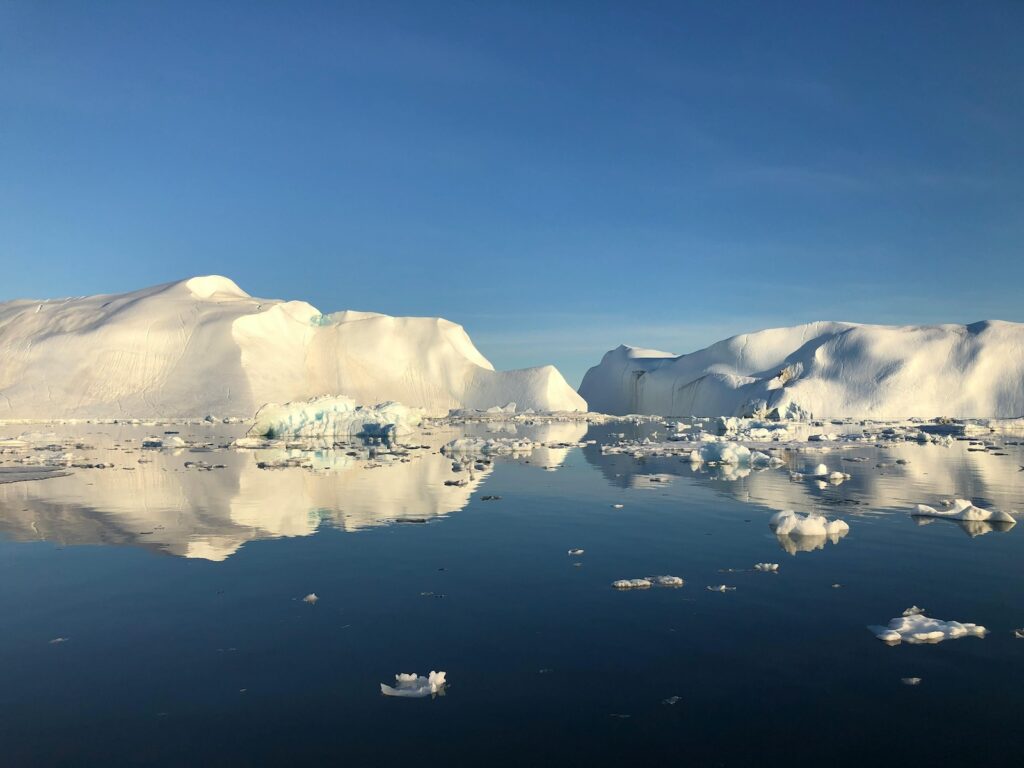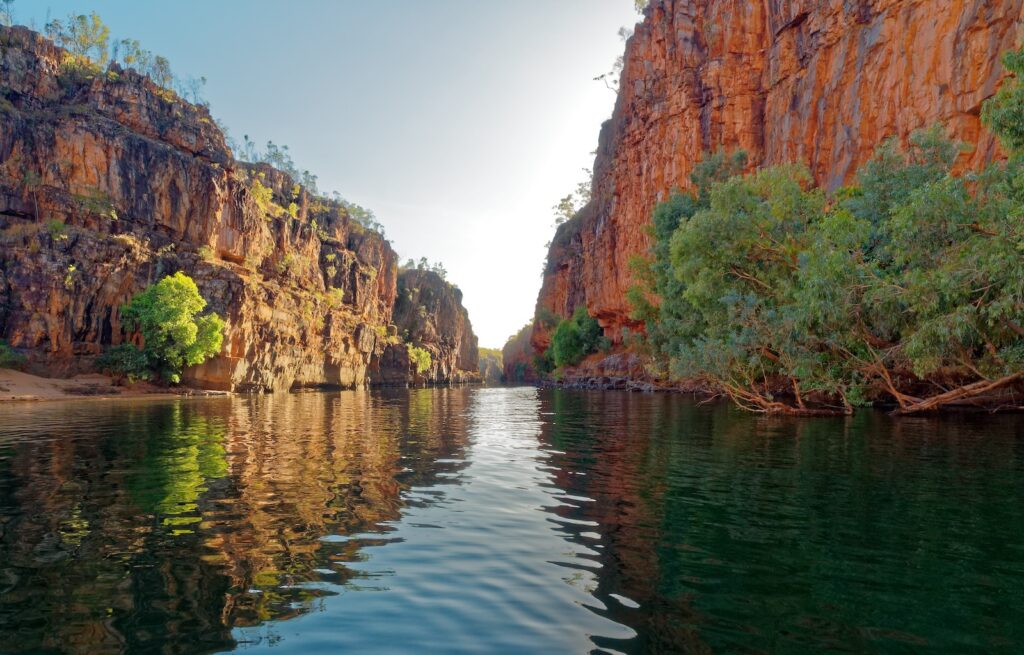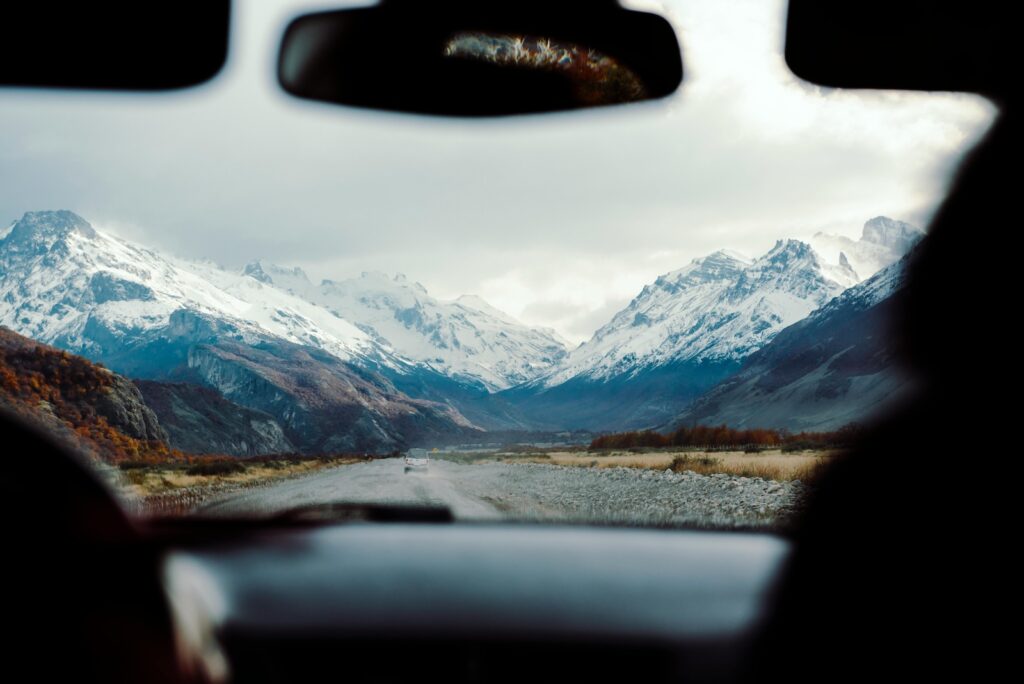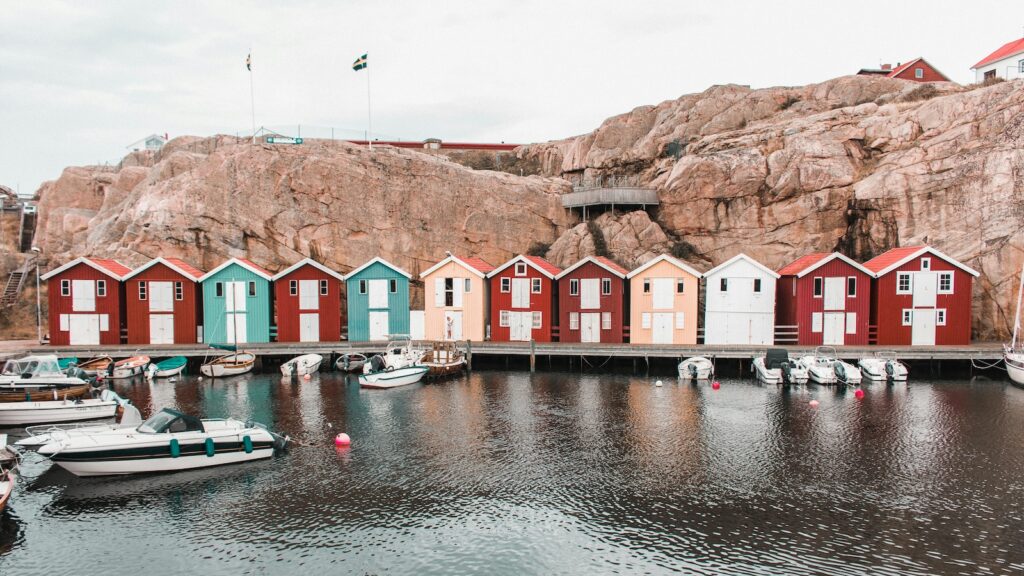Have you ever dreamed of crossing the world by train? Forget cramped flights and rushed itineraries—this journey is about embracing the rhythm of the tracks, soaking in breathtaking scenery, and truly connecting with the places you pass through.
The longest train journey in the world stretches from Portugal to Singapore, covering approximately 13,000 miles and taking you across two continents. It’s slow travel at its most extraordinary.
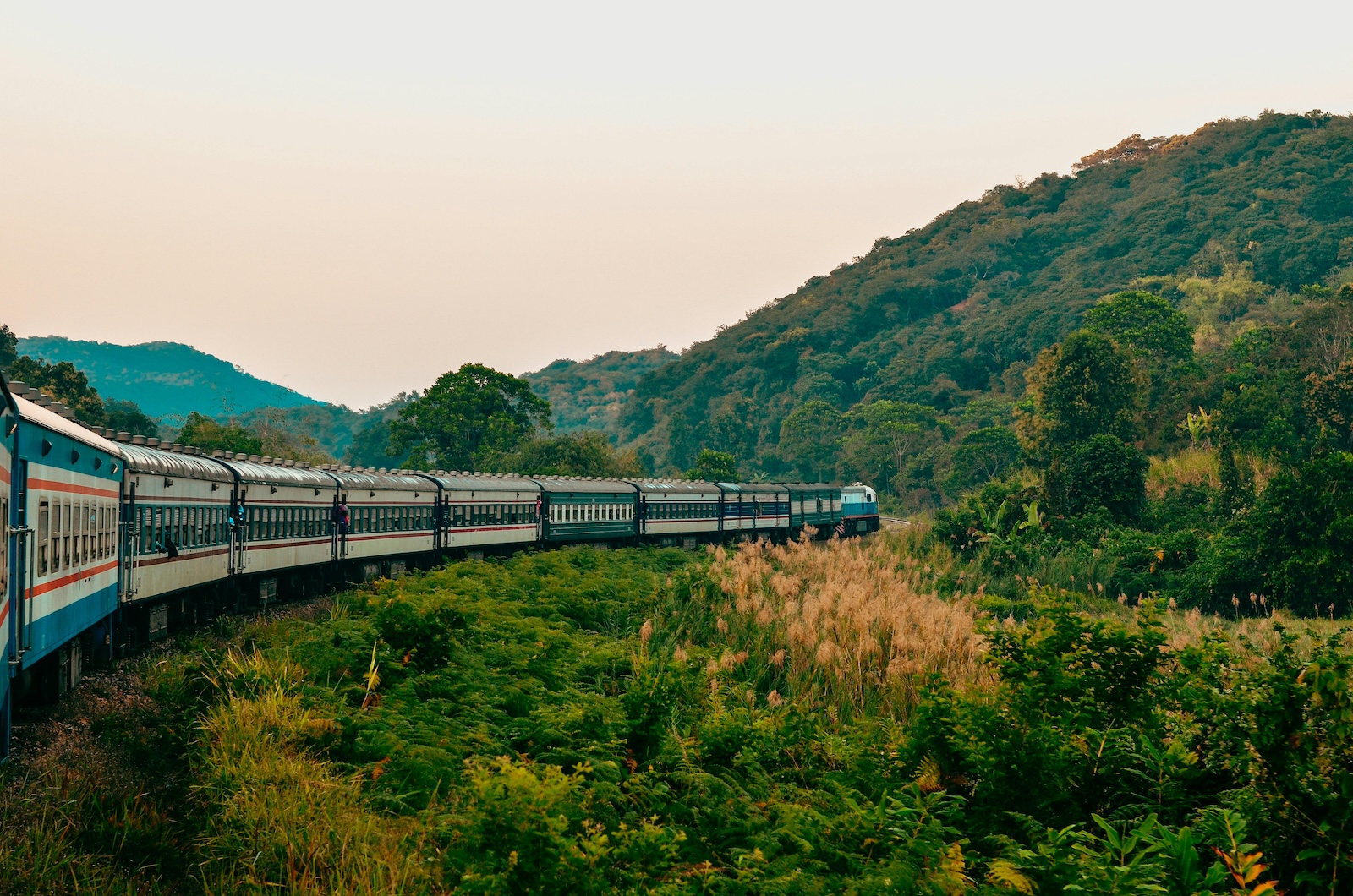
Why Embark on the World’s Longest Train Journey?
For me, this kind of adventure isn’t just about the distance—it’s about the experience. Traveling by train offers something no other mode of transport can match. You witness the gradual shifts in landscapes, meet locals along the way, and feel immersed in the culture of each stop. It’s a mindful way to travel, one that allows you to savor every moment rather than rushing from one destination to the next.
This journey is about more than reaching Singapore; it’s about enjoying the beauty of the ride itself.
The Route: Lisbon to Singapore
The adventure begins in Lisbon, Portugal, and winds through Western Europe, Eastern Europe, Russia, Mongolia, China, and Southeast Asia, finally arriving in Singapore. While you’ll need to make a few train transfers, the route connects seamlessly and offers an unparalleled exploration of diverse cultures and landscapes.
The total travel distance is around 13,000 miles, making it the longest continuous train route available today. Depending on your pace and how many stops you take to explore, the journey could last anywhere from three weeks to several months.
Starting in Lisbon, Portugal
Lisbon, with its cobbled streets and stunning viewpoints, is the perfect place to kick off this epic adventure. Start your journey by exploring its historic neighborhoods like Alfama, indulging in pasteis de nata (custard tarts), and soaking in panoramic views from São Jorge Castle.
The first leg of your trip takes you from Lisbon to Hendaye, France, passing through Spain. This portion alone gives you a glimpse of Portugal’s rolling hills and Spain’s vibrant countryside.
Through Western Europe: France, Germany, and Poland
From Hendaye, the route continues through iconic European cities like Paris, Berlin, and Warsaw. Each stop offers a chance to dive into local history, cuisine, and culture. I always recommend taking your time to explore—whether it’s sipping coffee in a Parisian café or walking along Berlin’s street art-filled avenues.
This leg of the journey takes two to three days, depending on how long you linger in each city.
Into Eastern Europe: Poland to Moscow
Heading east, the train takes you through the plains of Poland and Belarus, leading to the grand city of Moscow. Arriving in Moscow feels like stepping into another world, with its blend of imperial grandeur and modern energy. Be sure to visit Red Square, St. Basil’s Cathedral, and the Kremlin, and take time to explore the city’s ornate metro stations.
To fully appreciate Moscow’s charm, I’d suggest staying for at least two nights before embarking on the next—and longest—leg of the trip.
The Trans-Siberian Railway: Moscow to Vladivostok
This is the heart of the journey. Spanning over 6,000 miles, the Trans-Siberian Railway takes you across Russia’s vast landscapes, from the Ural Mountains to the Siberian taiga. It’s a seven-day voyage through time and space, with countless small towns, rivers, and forests unfolding outside your window.
Highlights along this stretch include Lake Baikal, the world’s deepest freshwater lake, and the charming city of Irkutsk, often referred to as the “Paris of Siberia.” For me, the beauty of this part of the journey lies in its simplicity—watching the world pass by and soaking in the sheer scale of Russia.
Crossing into Asia: Mongolia, China, and Beyond
From Vladivostok, the route continues south through Mongolia and China. Mongolia’s capital, Ulaanbaatar, is an exciting stop where you can experience nomadic culture and visit the Gobi Desert. In China, the landscape shifts dramatically, with bustling cities, terraced fields, and landmarks like the Great Wall and Beijing’s Forbidden City.
From China, high-speed trains whisk you through Vietnam, Thailand, and Malaysia, leading to Singapore. The journey through Southeast Asia is vibrant and lush, with endless opportunities to explore ancient temples, vibrant street markets, and tropical landscapes.
Arriving in Singapore
Your final destination, Singapore, is a modern city-state that blends futuristic architecture with rich cultural heritage. After weeks of slow travel, arriving in Singapore feels like stepping into the future. Treat yourself to a well-earned feast of local dishes like Hainanese chicken rice or chili crab, and celebrate the journey with a visit to Marina Bay Sands or the city’s lush Gardens by the Bay.
Planning Your Journey
Embarking on this epic trip requires preparation, but it’s more than worth it.
- Travel Time: While the journey could technically be completed in about three weeks with minimal stops, I recommend planning for at least a month or two to truly enjoy each destination.
- Tickets: Book tickets for each leg of the journey separately. Platforms like Eurail and Rail Europe cover the European portions, while local operators handle tickets for the Trans-Siberian and Southeast Asian routes.
- Visas: Be sure to research and obtain visas for countries like Russia, Mongolia, and China in advance.
- Packing: Pack light but include essentials for varying climates, from the cooler temperatures in Siberia to the tropical heat of Southeast Asia.
Why This Journey Is Unmissable
For me, the allure of this train journey isn’t just about reaching Singapore. It’s about every moment in between—the people you meet, the stories you collect, and the awe-inspiring landscapes you traverse. From Lisbon’s coastal charm to the serenity of Lake Baikal, and from the vibrant cities of China to the lush tropics of Southeast Asia, this journey is an exploration of the world’s diversity and beauty.
It’s the ultimate reminder that travel isn’t about the destination—it’s about the journey.
Featured Image Credit: Pexels / Og Mpango.
For transparency, this content was partly developed with AI assistance and carefully curated by an experienced editor to be informative and ensure accuracy.
